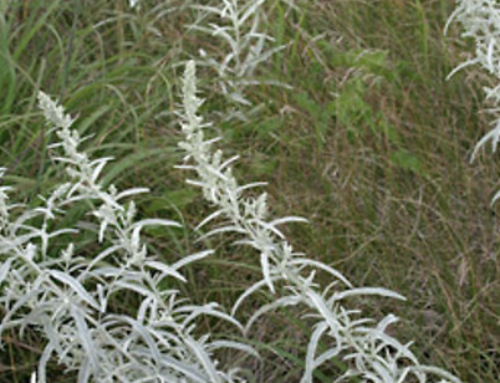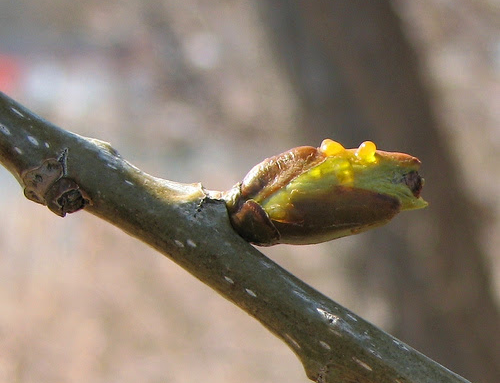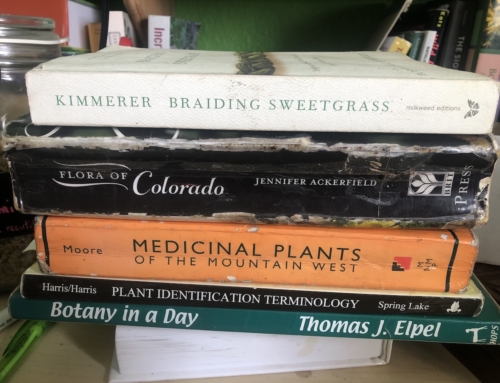Acorns have been a human staple crop for vastly longer than annual grains like corn and wheat. Wild oaks do not produce heavy crops every year. Bitter tannins must be removed by leaching. Like most crops, acorns also require processing including shelling, grinding, and drying. They are high in carbohydrates and oil. Scrub oak (Quercus gambelii) is the primary oak species of the Southern Rockies, and usually grows as a low, multi-stemmed tree from 10-25’, but in ideal conditions can reach 60’. In california (which continues today in some areas), a sophisticated agroforestry system was used to manage oak groves that used pruning and fire to kill pests and disease and keep competing plant species controlled. In addition to maximizing acorns and other oak yields, this system maintains and understory rich in wild game, edible fungi, and useful plants including camass, wild onions, and biscuit roots. These oaks are particularly tolerant of fire, and respond to low-intensity fires with vigorous re-growth, and even re-sprouts after intensive burns. Please note that fire management is not one of the sustainable tending techniques taught in our botany program.






